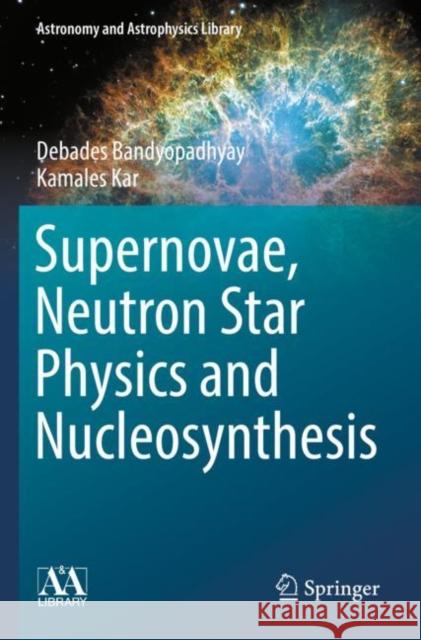Supernovae, Neutron Star Physics and Nucleosynthesis » książka
topmenu
Supernovae, Neutron Star Physics and Nucleosynthesis
ISBN-13: 9783030951733 / Miękka / 2023 / 207 str.
Supernovae, Neutron Star Physics and Nucleosynthesis
ISBN-13: 9783030951733 / Miękka / 2023 / 207 str.
cena 281,76
(netto: 268,34 VAT: 5%)
Najniższa cena z 30 dni: 269,85
(netto: 268,34 VAT: 5%)
Najniższa cena z 30 dni: 269,85
Termin realizacji zamówienia:
ok. 22 dni roboczych
Dostawa w 2026 r.
ok. 22 dni roboczych
Dostawa w 2026 r.
Darmowa dostawa!
Kategorie BISAC:
Wydawca:
Springer Nature Switzerland AG
Seria wydawnicza:
ISBN-13:
9783030951733
Rok wydania:
2023
Ilość stron:
207
Wymiary:
23.5 x 15.5
Oprawa:
Miękka
Dodatkowe informacje:
Wydanie ilustrowane











